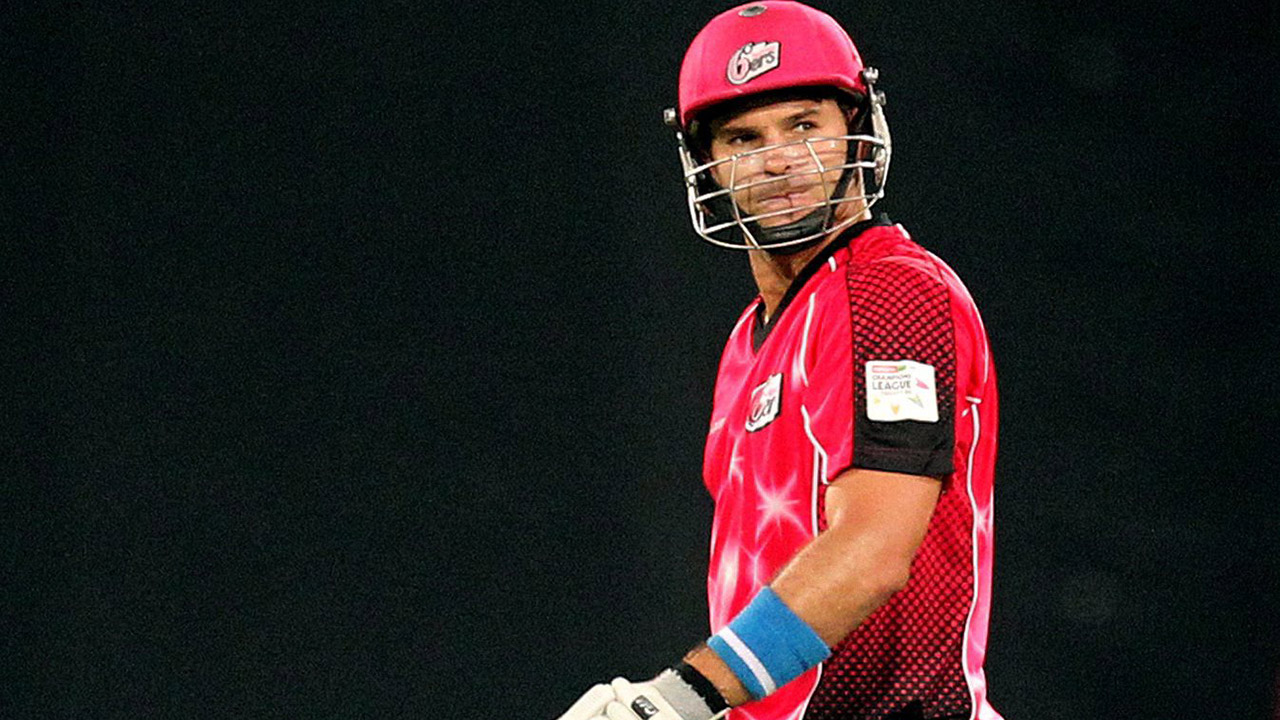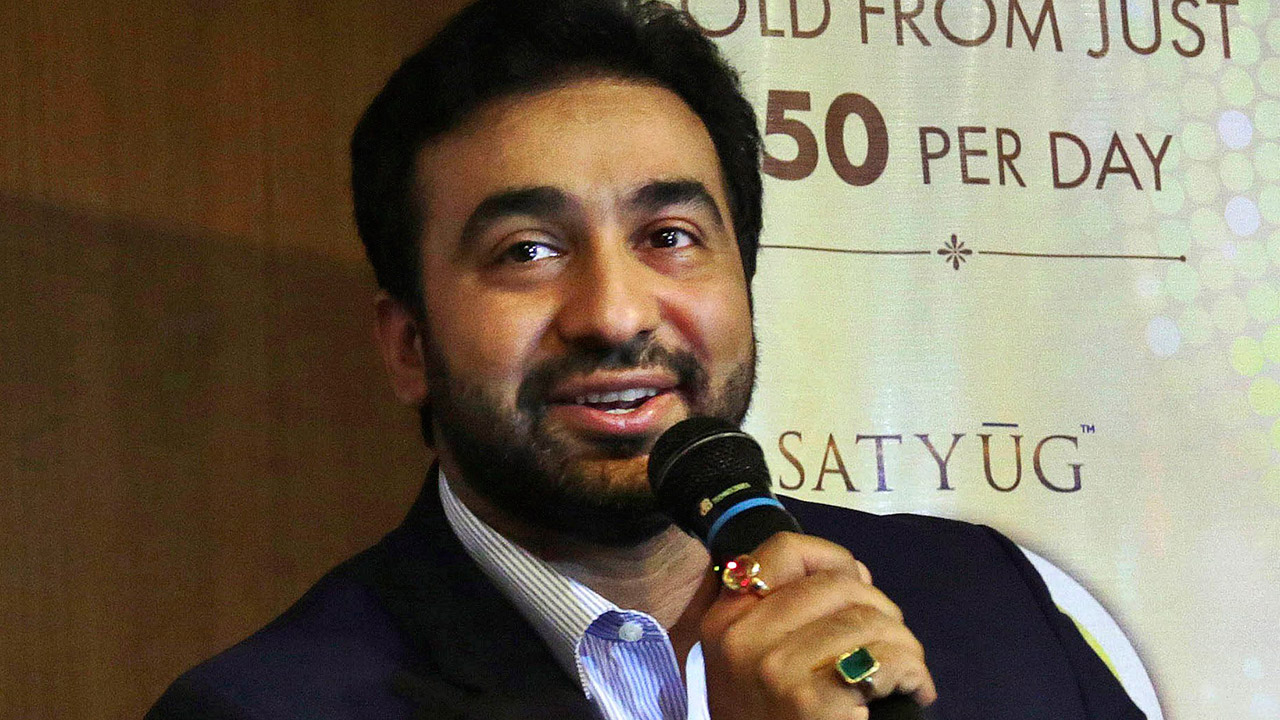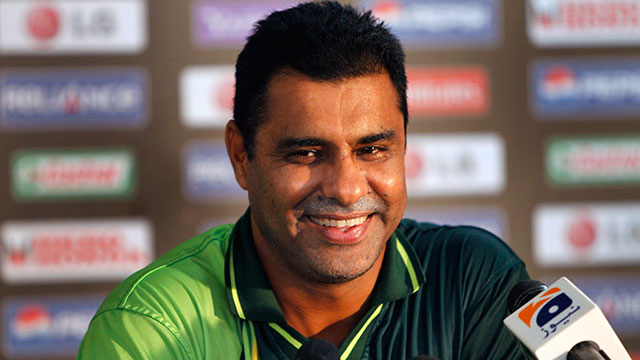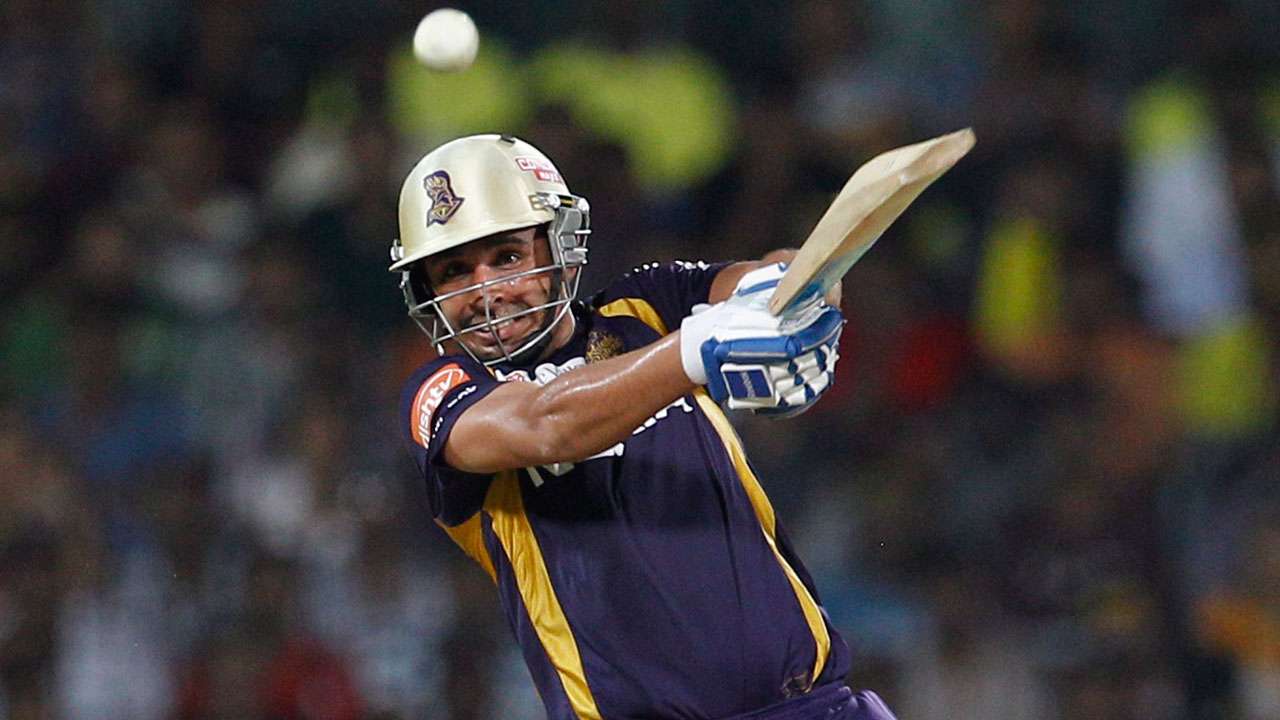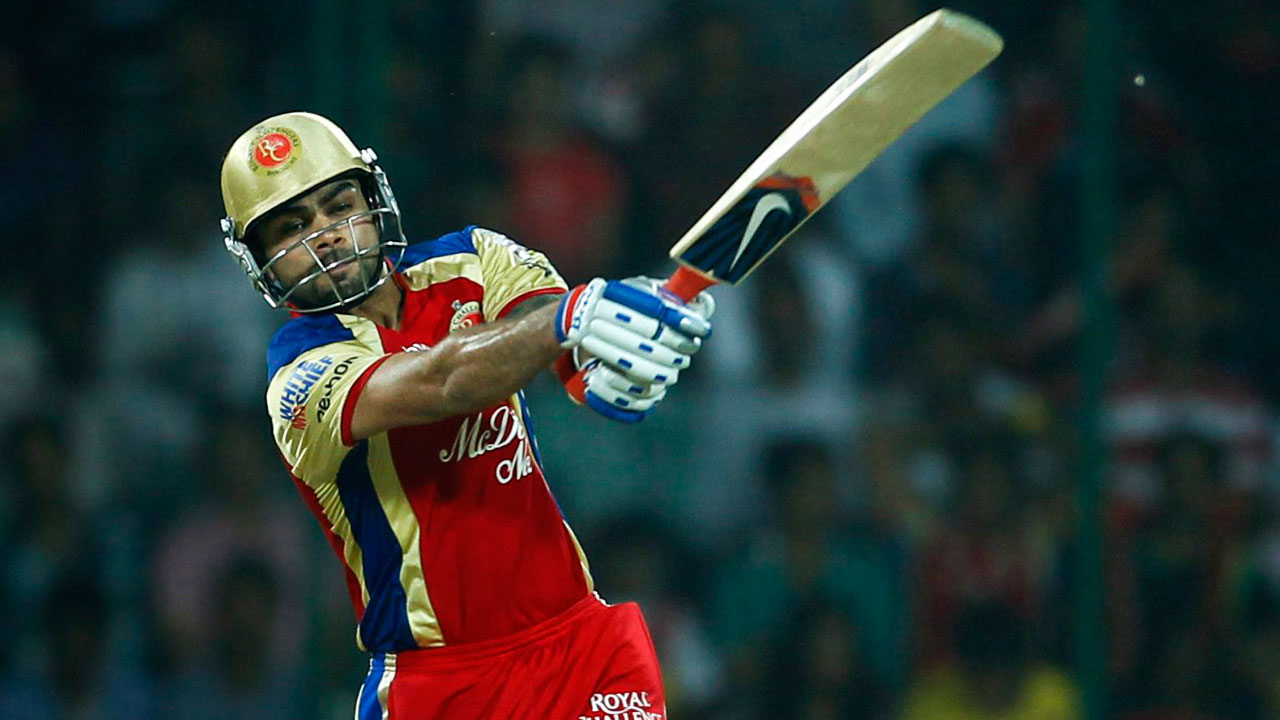This article originally appeared in Sportsnet magazine. Subscribe here.
The 2011 Champions League Twenty20 tournament had turned into an Indian Premier League grudge match.
In May, Royal Challengers Bangalore had knocked the Mumbai Indians out in the IPL semifinals; in October, the two teams met again in the Champions League final in Chennai’s 50,000-seat M.A. Chidambaram Stadium, home to nearly a century of cricket. At the end of the first innings, Mumbai had a modest 139 runs to defend. If they were going to redeem themselves, their bowlers would have to save them.
The innings stood at 42 for 1 when Chris Gayle, a powerful Jamaican batsman playing for Bangalore, readied himself for the last pitch of the over. Harbhajan Singh, the Mumbai captain and an off-spinner distinct among bowlers both for his aggressive playing style and the turban he wears on the pitch, unleashed a quick off-break that missed Gayle’s bat and hit his shin pad.
The umpire hadn’t even signalled a leg-before-wicket out when Singh spun in a half-circle, raised his arms over his head and ran backwards across the pitch at top speed, howling in victory. When it was confirmed Singh had taken the wicket and held Gayle, who normally averages more than 35 runs, to just five, the bowler jumped up and down, surrounded by teammates. By the time it was all over, Singh had allowed just 20 runs and taken three wickets on four overs; he was named man of the match and Mumbai won by 31 runs.
In a sport still played at the international level by athletes who wear crisp white uniforms and take tea breaks during days-long Test matches, the 32-year-old Singh is a boisterous, sometimes maddening presence. Affectionately known as “Bhajji” in India and “The Turbanator” outside the country, he carries himself like a rock star, including swaggering boasts and temperamental meltdowns that match his fiery play on the pitch. Last year, rumours flew that he was set to marry Bollywood star Geeta Basra — or had already done so in secret — and while they’ve remained coy about their relationship status, they’re catnip for the paparazzi.
In early March, Singh caused a stir when he tweeted a photo of himself in a Punjab police uniform; it turned out to signal not a retirement from cricket but a movie cameo.
But increasingly, the headlines about his controversies and celebrity lifestyle have been replaced by others detailing his “flop show” performance in the IPL last season or questioning if this is the “end of the road.” There’s an edge of schadenfreude to those proclamations-Singh’s personality can put people off-but there’s no denying the past year has been humbling.
He took just six wickets in 17 IPL matches last season, and after more than a year’s absence from the national team roster, he’s returned looking rattled. Today, Singh’s career stands at a crossroads: He can either fall into decline in plain sight, or recover enough confidence to leverage the skill he has left, to prove he belongs among the most successful of India’s cricket heroes. What’s more, he’ll have to do it all after losing the captaincy to an Australian batsman he spent a decade humiliating on home soil.
Singh made his Test debut as a 17-year-old in 1998, but he didn’t attract much attention at first. In fact, personal tragedy nearly derailed his fledgling career. His father died when Singh was 20, making him the head of his middle-class family of five sisters; at one point, he contemplated quitting cricket and immigrating to the U.S. to drive a truck in order to make a more steady living.
But in a 2001 series in India against Australia, Singh made an explosive impression. He took 32 wickets in three Tests and became the first Indian to register a hat trick-dismissing three batsmen with consecutive deliveries-in a Test match. The feat is so rare that before Singh’s virtuoso performance, it had only been pulled off 28 times since Test cricket debuted in 1879.
Singh is known for an attacking style. His right-arm off-spin relies on cunning and unpredictability rather than raw power. And it’s earned him success in all three of cricket’s incarnations: Aside from leading Mumbai to that T20 Champions League title in 2011, Singh was the premier spinner for India’s ICC World Cup-winning team in One Day International that year, and he’s taken 413 Test wickets, ranking him third on India’s all-time list.
He’s also shown an uncanny ability over the years to dismantle the Australians, taking 95 Test wickets in total from the Down Under squad-the only Indian bowler to take more is Anil Kumble, a giant of the game who retired from the IPL in 2011.
Singh’s mercurial intensity can turn into extended runs of good or bad play. He’s taken just seven wickets in three Test matches over the past two years. But he’s a serial comeback artist who’s been dropped and won his way back onto the national team several times in his career. He was just reinstated for a series in February and March against Australia and played his 100th Test, making him only the 10th Indian cricketer to reach that milestone.
But controversy has been as much a hallmark of his career as his play. Singh, a Sikh, sparked protests and was burned in effigy in 2006 after he appeared without his turban in a whiskey ad. He’s adept at getting under the opposition’s skin with sledging, the cricket version of trash talk, and at times, his feistiness has led to allegations of truly ugly behaviour.
In 2008, he was accused of calling Andrew Symonds, an Australian player of Caribbean descent, a “monkey” during an argument on the pitch; lacking definitive proof, his punishment was reduced from a three-match suspension to a fine. A few months later, Singh lashed out at Kings XI Punjab bowler Shanthakumaran Sreesanth and slapped him while their teams were shaking hands after a match.
Singh is still a mouthpiece-before the Tests against Australia earlier this year, he boasted the Indian side would take the series 4-0 and “show how we play cricket here”-but the extreme belligerence has been tempered in recent years.
“He might not be the easiest person to love,” says Will Davies, a Wall Street Journal editor and cricket correspondent based in Delhi. “Indians love their superstars, but if you really look at the ones who will go down forever, they’re very good-and Harbhajan could be put in that bracket-but also, they’re modest or reserved, completely professional.”
There have been suggestions that Singh is washed up and not worthy of playing for the national team.
His performance in this year’s Tests was modest, especially by his usual lights-out standards against Australia, and he didn’t get a large share of the overs. Then, in the lead-up to the sixth IPL season, which Mumbai kicks off April 4 on the road against Bangalore, there was speculation the team was going to release Singh and throw him into the auction pool. In a press conference before his 100th Test, Singh acknowledged the intense ups and downs of his career, and the difficulty of measuring himself against his earliest and most obvious triumph from the 2001 Tests.
“That kind of a series happens once in a lifetime,” he said. “All I can say is that I’ll put in more effort than I had put in then, and hope for the results.”
Mumbai held onto Singh, and he figures to be an important veteran presence on a squad that’s been a leading contender in recent seasons, but one that hasn’t been able to close the deal on an IPL championship. But he goes into the season in a very strange position. Along with his talent for slapping around the Aussies, Singh has been especially rough on Ricky Ponting, the team’s superstar batsman, dismissing him 10 times in Test matches-in cricket parlance, making Ponting his “bunny.”
The Aussie retired from Test cricket last fall, but Mumbai picked him up for $400,000, then promptly named him their captain to replace Singh. Still, Anil Kumble, Singh’s former India teammate, predicts a second wind for Singh.
“You can never discount Harbhajan,” Kumble told the Times of India. “He’s only 32. It’s the right age for a spinner to mature.”
Plus, as Rahul Dravid, the retired India captain, recently wrote, having up-and-coming stars like Ravichandran Ashwin, a 26-year-old off-spinner with the national team, nipping at his heels could be exactly what Singh needs. “The challenge of having a young rival like Ashwin, if handled right, could take him to another level,” Dravid wrote.
Singh established his career in bombastic style with that 2001 series. But it’s never easy when the tough act you’re following is your younger self. Singh is not old enough to be rendered irrelevant yet-if he can recover some of the cockiness that’s driven his opponents crazy over the years, he can write an ending worthy of his beginning.
Shannon Proudfoot is a staff writer at Sportsnet magazine




